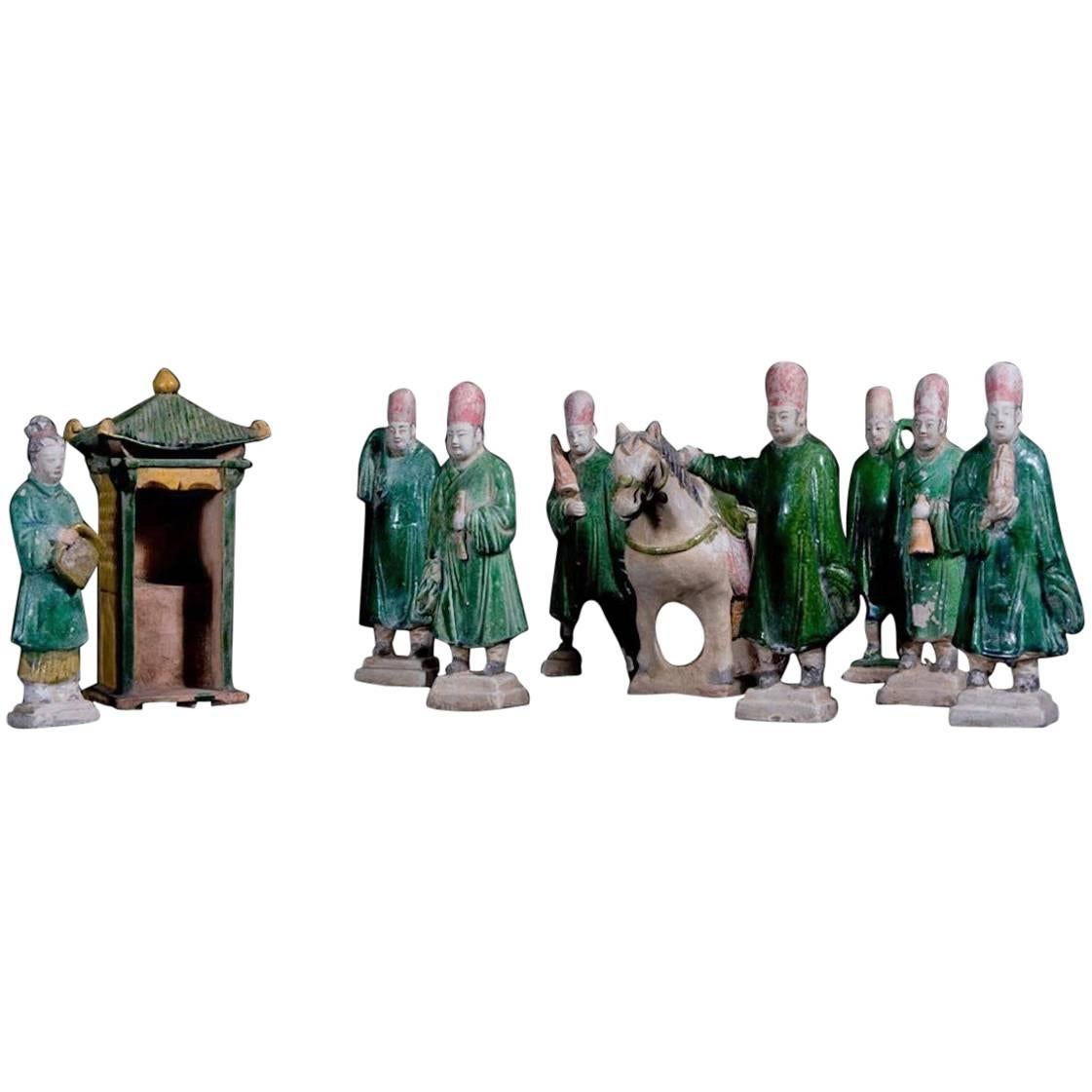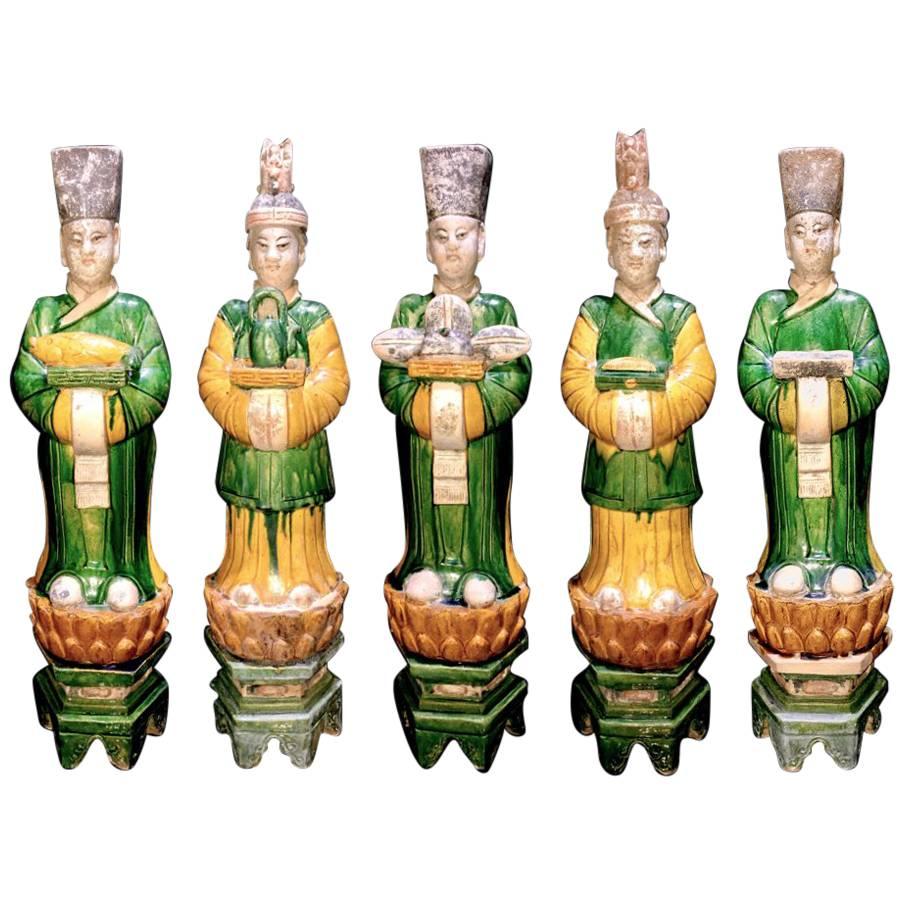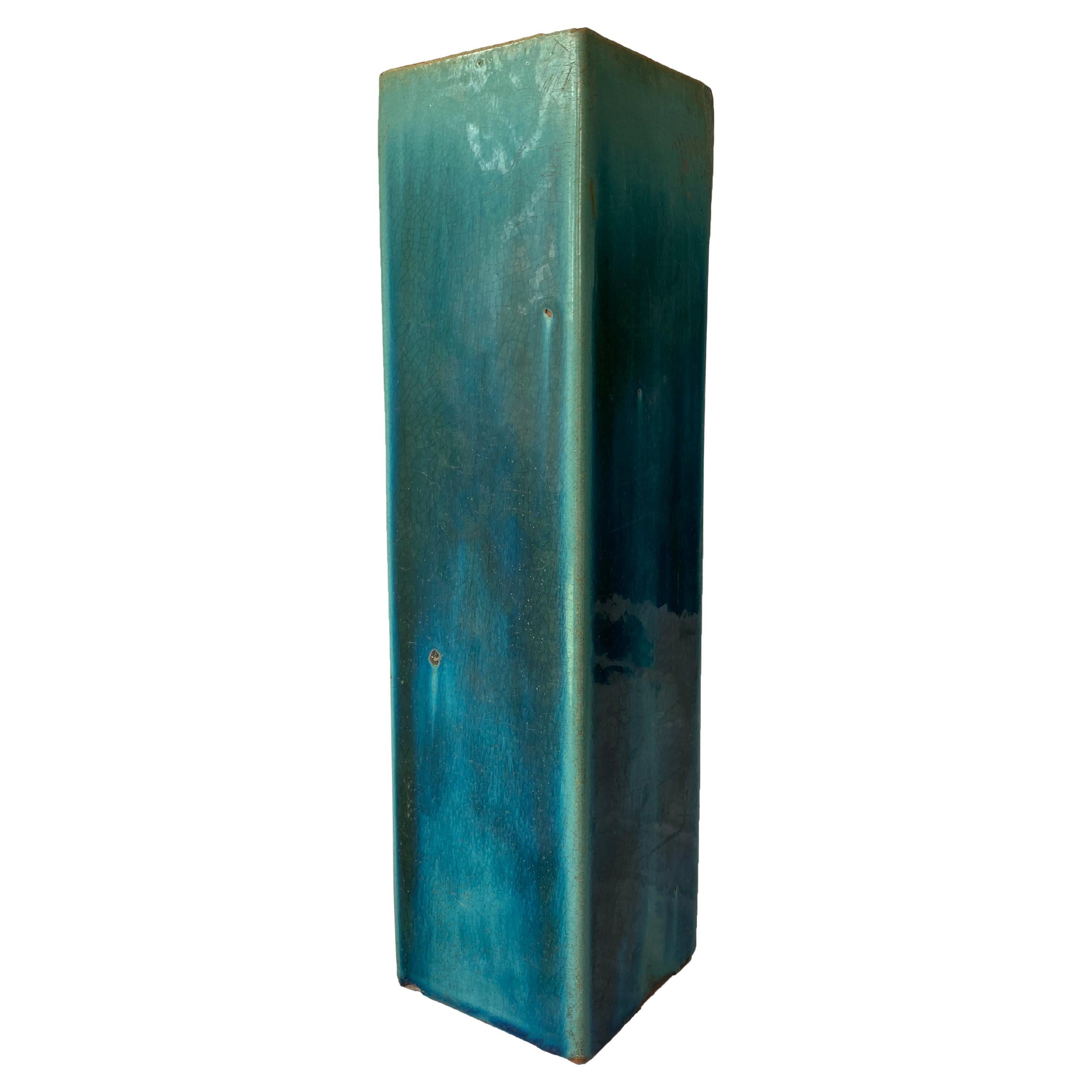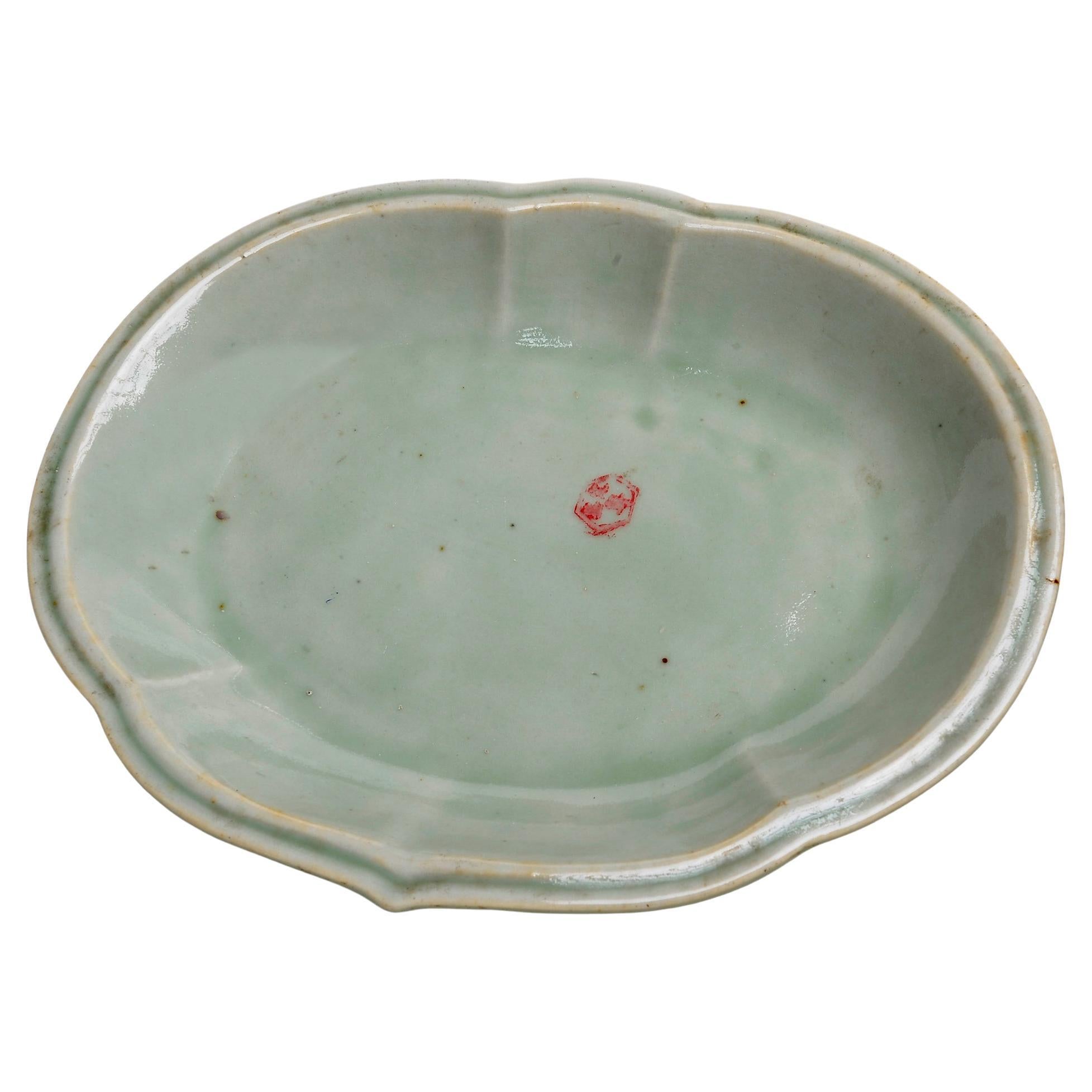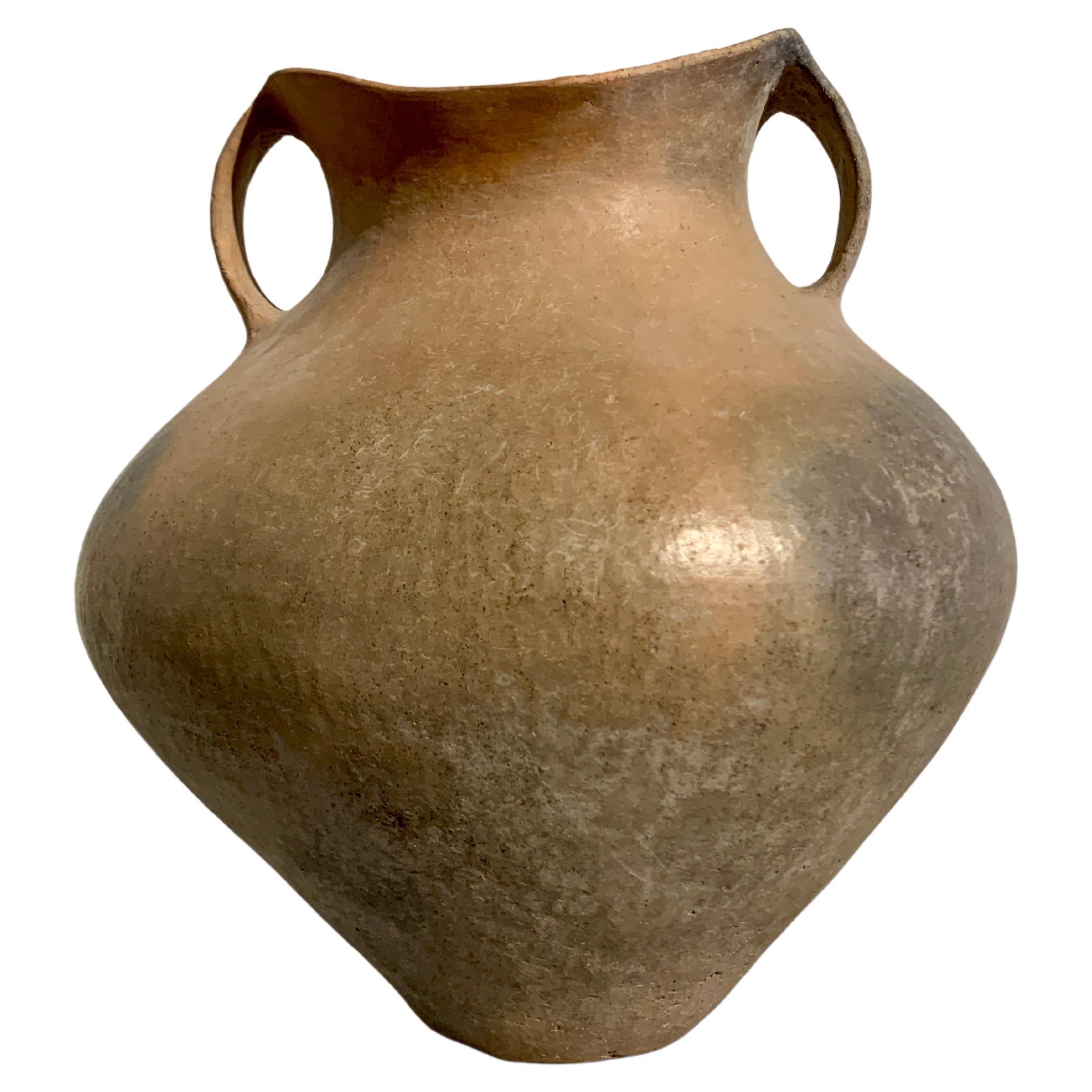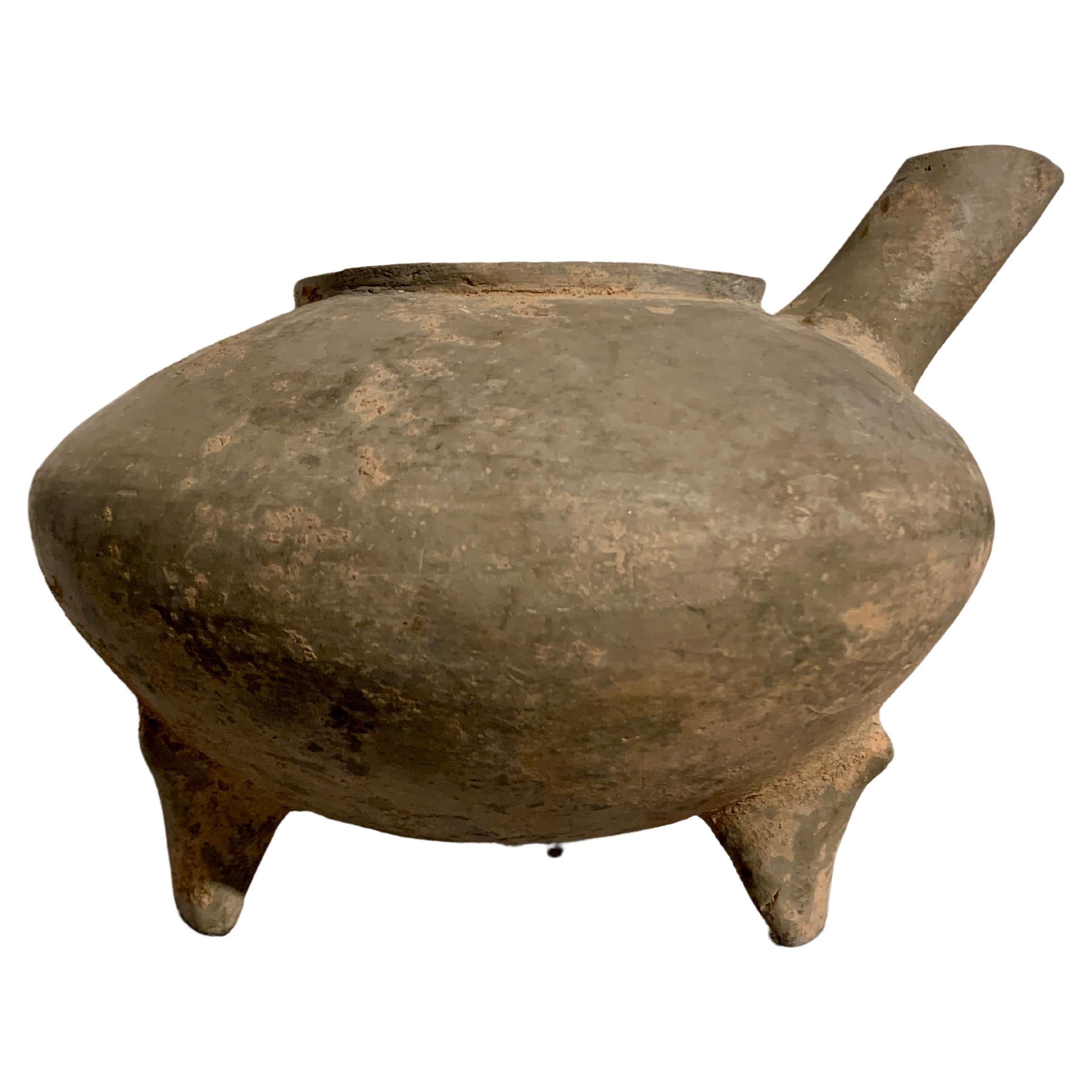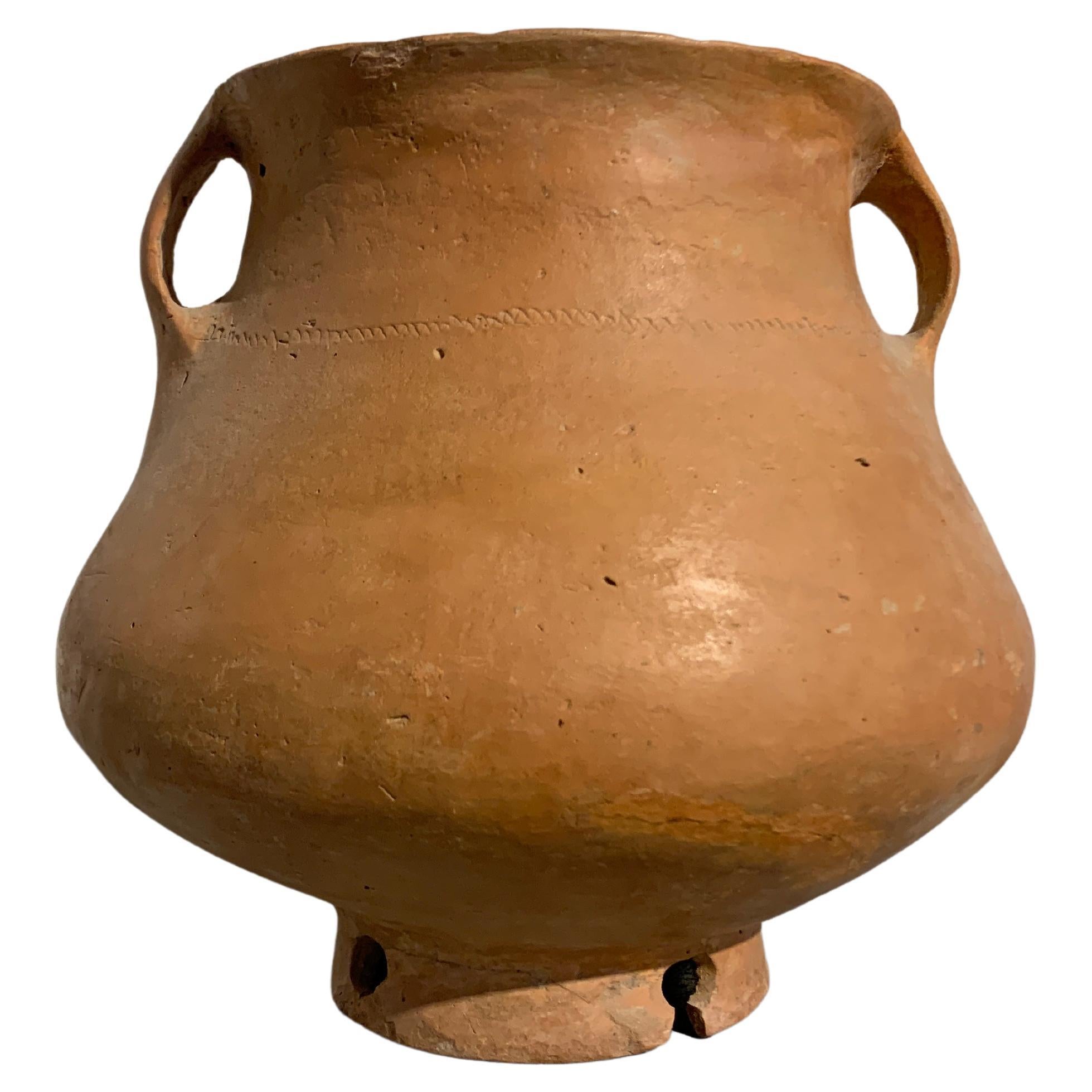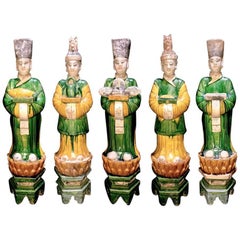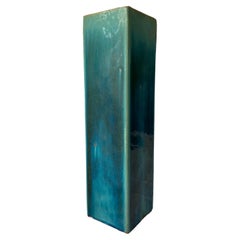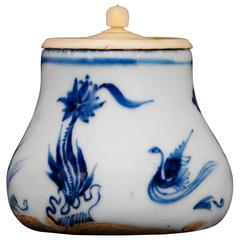
Cha-Ire, China, 1628-1644
View Similar Items
1 of 1
Cha-Ire, China, 1628-1644
About the Item
- Dimensions:Height: 1.97 in (5 cm)Diameter: 1.58 in (4 cm)
- Style:Other (In the Style Of)
- Materials and Techniques:
- Place of Origin:
- Period:
- Date of Manufacture:1628-1644
- Condition:
- Seller Location:London, GB
- Reference Number:Seller: web1401stDibs: LU186434289693
You May Also Like
- Impressive Terracotta Funerary Procession - Ming Dynasty, China '1368-1644 AD'Located in San Pedro Garza Garcia, Nuevo LeonImpressive Funeral Ensamble of 10 Terracotta Glazed Figures in green and caramel colors depicting a votive procession with a palanquin, his four carriers, a horse, a stableman, two musicians, and an offering carrier. This ensemble is accompanied by a Certificate of Authenticity, and Certificate of Expertise by Jean-Yves Nathan - Specialist in Asian Arts for the CEDEA (The European Confederation of Art Experts). Burial figurines of graceful dancers, mystical beasts, and everyday objects reveal both how people in early China approached death and how they lived. Since people viewed the afterlife as an extension of worldly life, these figurines, called mingqi, sometimes referred as “spirit utensils” or “vessels of ghosts” disclose details of routine existence and provide insights into belief systems over a thousand-year period. The Ming dynasty was the ruling dynasty of China – then known as the Empire of the Great Ming – for 276 years (1368–1644 AD). Founded by Chu Yuan-chang, the rebel leader that was successful in removing the mongols from the throne. Chinese control was re-asserted in China and eastern Asia. Literature became more important, schools were created, and the justice system was reformed. The Ming dynasty is described by some as "one of the greatest eras of orderly government and social stability in human history,” was the last imperial dynasty in China ruled by ethnic Han Chinese. The practice of burying ceramic objects with the deceased went into decline from the 10th to the 14th Century AD. There was a revival in placing miniature representations of glazed terracotta objects such a furniture, food offerings, horses, miniature statues...Category
Antique 15th Century and Earlier Chinese Ming Antiquities
MaterialsTerracotta
- Superb Set of 5 Elegant Court Attendants, Ming Dynasty, 1368-1644 AD TL TestedLocated in San Pedro Garza Garcia, Nuevo LeonA stunning set of 5 graceful terracotta figurines from the Ming Dynasty '1368-1644' AD. These elegant attendants are standing on a yellow glazed lotus flower over a high hexagonal green plinth and wear fine robes in matching green and yellow glazes. The unglazed areas have pigmented colors in red, black and white. Each is carrying essential offerings for the royal family. The head is detachable as often seen on the larger figures from this period. Meticulously detailed facial expressions have been hand-painted. Condition: Mint, finely preserved glaze and pigment, undamaged and no repairs. Provenance: Ex. Danish Collection. This set is guaranteed authentic and comes with a Certificate of Authenticity and TL Test from Laboratory Kotalla in Germany (The Oldest Thermoluminescence Testing Laboratory in the World). Dimensions: Average 54 H cms Burial figurines of graceful dancers, mystical beasts, and everyday objects reveal both how people in early China approached death and how they lived. Since people viewed the afterlife as an extension of worldly life, these figurines, called mingqi, sometimes referred as “spirit utensils” or “vessels of ghosts” disclose details of routine existence and provide insights into belief systems over a thousand-year period. The Ming dynasty was the ruling dynasty of China – then known as the Empire of the Great Ming – for 276 years (1368–1644 AD). Founded by Chu Yuan-chang, the rebel leader that was successful in removing the mongols from the throne. Chinese control was re-asserted in China and eastern Asia. Literature became more important, schools were created, and the justice system was reformed. The Ming dynasty is described by some as "one of the greatest eras of orderly government and social stability in human history,” was the last imperial dynasty in China ruled by ethnic Han Chinese. The practice of burying ceramic objects with the deceased went into decline from the 10th to the 14th Century AD. There was a revival in placing miniature representations of glazed terracotta objects such a furniture, food offerings, horses, miniature statues...Category
Antique 15th Century and Earlier Chinese Ming Antiquities
MaterialsTerracotta
- Chinese ceramic Green Glazed 'Shiwan' Opium Pillow, Early 20th CenturyLocated in Jimbaran, BaliThis Shiwan ceramic pillow of earthenware features a green/blue glaze, which is less common than the distinctive green-glaze of Shiwan ware. Pillows in this shape were not only used by opium smoke...Category
Early 20th Century Chinese Other Ceramics
MaterialsCeramic
- Shaped Antique Oval Chinese PlateLocated in Alessandria, PiemonteShaped antique oval Chinese plate from my private collection: simply elegant, for any use on any table. It's one of my private collection, about 35 years...Category
Antique Late 19th Century Chinese Chinese Export Ceramics
MaterialsCeladon
$434 Sale Price20% Off - Chinese Carved Jade Figure of a PhoenixLocated in West Palm Beach, FLA Chinese carved jade figure of a phoenix Third quarter 20th century Perching atop rockwork with the finely incised wings Measures: height 5 in. ...Category
20th Century Antiquities
MaterialsJade
- Chinese Song Period Celadon Glazed BowlLocated in London, GBA Chinese Song period celadon glazed bowl. Really nicely thinly potted example with craquelure due to age. Provenance: From a private London coll...Category
Antique 15th Century and Earlier Chinese Archaistic Antiquities
MaterialsPottery
$2,438 Sale Price30% Off
